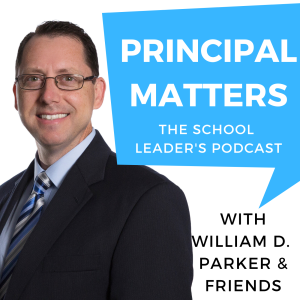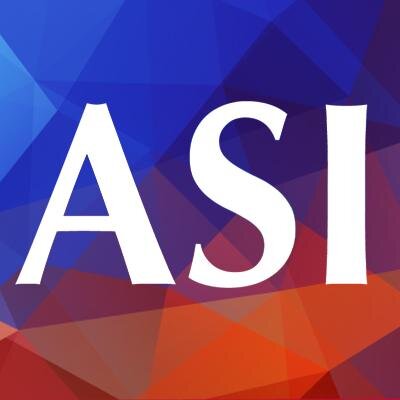- EdResearchForAction
- EdWorkingPapers
- EdInstruments
Author: deaon
-
Learning with COVID: How educators and students are finding a ‘new normal’
After more than 250 school days, full-time in-person learning in Massachusetts public schools finally resumed in early September. For many, being back in the classroom was reason for celebration, and a highly anticipated return to some sense of normalcy since the COVID-19 pandemic shut school buildings down in March of 2020.
-
Back to School, but Still Learning Online
Federal stimulus dollars are dedicated to helping students recover from virtual schooling. Many districts are spending some of that money on virtual tutoring.
-
Study: Tutoring may mitigate pandemic learning losses
The latest federal stimulus package included funding for K-12 school districts across the country to use specifically for combatting learning losses resulting from the pandemic.
-
Tutoring works: Now is the time for Minnesota to invest
While debates have raged about how best to help kids catch up after the ‘COVID slide,’ one consistent theme has emerged: Tutoring is one of the most promising, evidenced-based strategies to help struggling students.
-
Research and practice, meet the state education agency
Given states’ resources and authority, they have a powerful role to play in making sure school improvement is informed by research.
-
Meet the students who say remote learning works just fine
One group of students is called the Golden Barrels, another Prickly Pears. For seventh graders in Jennifer Cale’s language arts class, this year’s theme is the cactus.
-
The COVID Slide: Inequality And Pandemic Learning Loss
One of the many heartbreaks of the pandemic has been the way many tired and overworked parents have to watch their children fall behind academically. Emily Veloza has witnessed the so-called "COVID slide" firsthand. Her daughter Olivia was a middle-of-the-road student who used to be generally enthusiastic about school. Since the pandemic, her grades and her motivation have slipped.
-
US parents delaying preschool and kindergarten amid pandemic
Claire Reagan was feeling overwhelmed as her oldest child’s first day of kindergarten approached and with a baby on the way. The 5-year-old boy has autism, and she worried he would struggle with juggling in-person and virtual learning, and that she wouldn’t have enough time to give him the help he needs. So she decided to wait a year before sending him to school.
-
PMP209: Supporting Students From Immigrant Families In A Pandemic
I imagine you are more aware than ever the anxiety surrounding the start of school for so many families. In addition, you have the added stress of trying reach families who may not be reaching back to you or who may be struggling with protocols or distance learning because of unknown barriers. For instance, how are you reaching out to families whose language or cultural situations may create additional barriers to doing school during a pandemic?
-
Research And Evidence Can Help Guide Teachers During The Pandemic
Teachers are used to playing many different roles, but this year they are facing the most complex challenges of their careers. They are being asked to be public health experts. Tech support specialists. Social workers to families reeling from the effects of layoffs and illness. Masters of distance learning and trauma-responsive educational practices. And they are being asked to take on these new responsibilities against a backdrop of rising COVID-19 cases in many parts of the country, looming budget cuts for many school districts, and a hyper-polarized political debate over the return to school.








